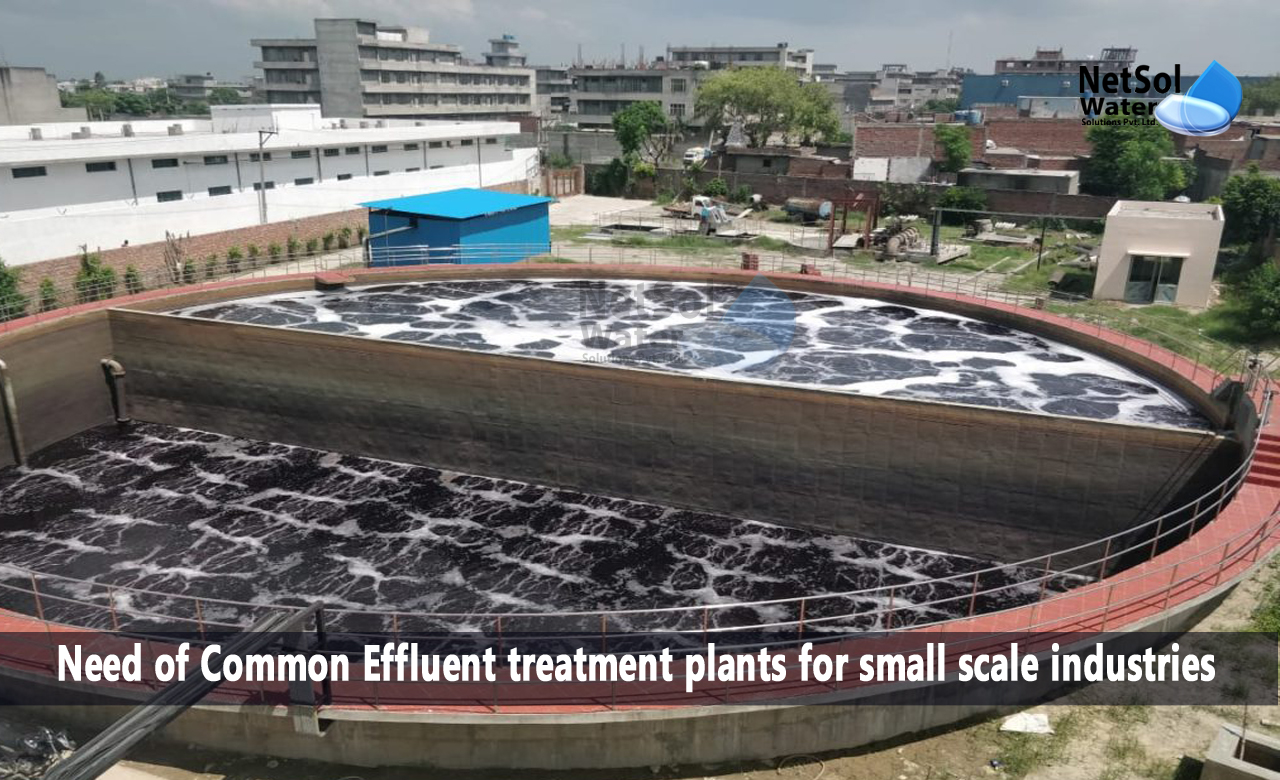One of the basic essentials of human life, water, is one of the most important natural resources. Although, there are many uses for water, drinking is the main one. Water is also utilized for a variety of industrial uses, in addition to domestic ones. Water is abundant, but a large portion of it is contaminated, thus it needs to be handled in order to be reused.
The idea of a common effluent treatment plant has gained acceptance, in order to collect, convey, treat, and dispose of effluents from smaller industrial estates. The heterogeneous waste is balanced and equalised, making its treatment techno-economically feasible. In this blog, we'll start by discussing about common effluent treatment plants, and their need for small scale industries.
What are common effluent treatment plants?
Common effluent treatment plants (CETPs) are specialised treatment systems created to handle effluent, produced by small-scale industrial enterprises in an industrial cluster collectively. Several types and volumes of wastewater are dealt by CETPs. The CETPs have a standard style of treatment that include a primary clariflocculator and equalisation tank, an aeration tank and a secondary clarifier, and tertiary treatment systems including RO Plants.
Why are CETPs required and needed in small scale industries?
Effluent treatment plants (ETPs) typically struggle with a lack of space, resources, capital expense, and specialised human resources for operation and maintenance, particularly for small-scale industrial operations.
When the treated effluent pollutant concentrations are higher than the permitted discharge levels, the poor effluent treatment has the effect of failing the ETP. Failures can result from a variety of circumstances, and depending on the circumstance, their severity might differ. Thus, to improve the performance of the treatment plant to meet future needs, think about using a modular design strategy for the ETP, by using CETPs for small-scale industries.
Benefits of Effluent treatment in CETPs
1: A CETP's ability to consistently show consistency in the system's capacity, to forecast the treatment values acquired by the system in the future, is a sign of its reliability.
2: CETP offers savings on treatment plant capital and operating costs.
3: When the values of contaminants in the plant's treated effluent are higher, a CETP is thought to be more dependable.
4: Routine treatment is consistently less expensive than sparsely spaced out treatment sessions.
5: If the industries choose individual treatment plants, it is difficult for all individual units to guarantee land availability.
Conclusion
In contrast to separate effluent treatment plants or ETPs, the operation of a common effluent treatment plant can be carried out by professional and trained people, like Netsol Water Solutions. Wastewater and sludge disposal after treatment turns out to be more organised with us.
The design of the common effluent treatment plant is based on the wastewater's quality and flow rate. Two key supporting elements are the recycling and reuse of treated wastewater, as well as the availability of land, labour, energy, and knowledge of specific treatment methods.
You may find all of your effluent treatment needs at Netsol Water. For further information or to make a product purchase, contact us at +91-9650608473 or drop a mail at enquiry@netsolwater.com



